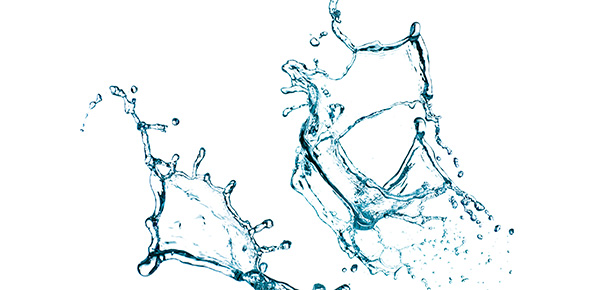Related Flashcards
Related Topics
Cards In This Set
| Front | Back |
|
Ingredients of Alginate (Aqueous elastomeric impression material like Agar)
|
-
|
|
Advantages & disadvantages of Alginate
|
Pros:
|
|
Classification of Caries & GV Black
|
 - |
|
Electron bond types - Primary
|
Ionic bonds
|
|
-
|
Covalent bonds
|
|
-
|
Metallic bonds
|
|
SECONDARY BONDS
|
|
|
Note:
|
|
|
Cross-linking
|
The linking of one coil (or polymer chain) across to another with wire (or a covalent bond)
|
|
Polymerization
|
Free radicals, that add together (double bond)
|
|
Linear coefficient
|
Coefficient of thermal expansion?
|
|
Modulus of elasticity = stress/strain
|
|
 - |
 - |
|
Yield strength
|
|
|
Plastic deformation limit
|
Point where it is permanently stretched out
|




